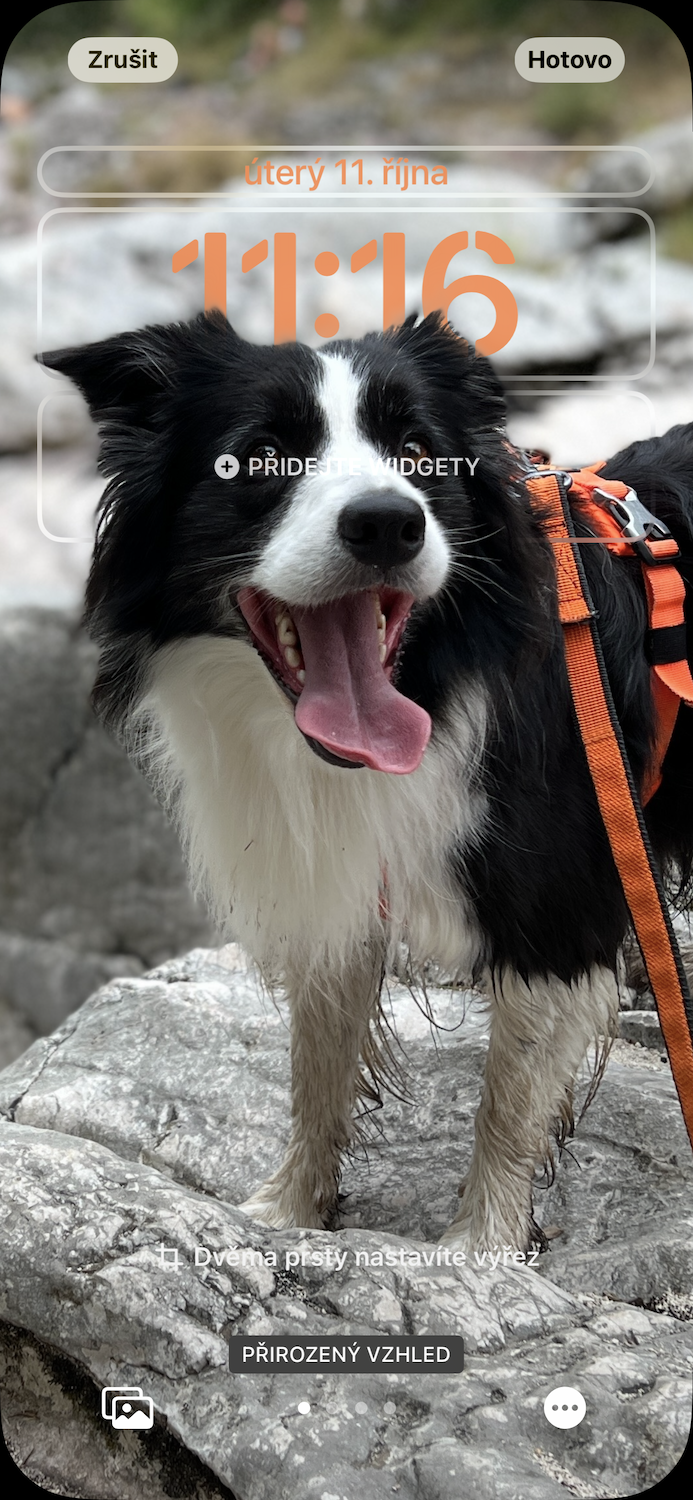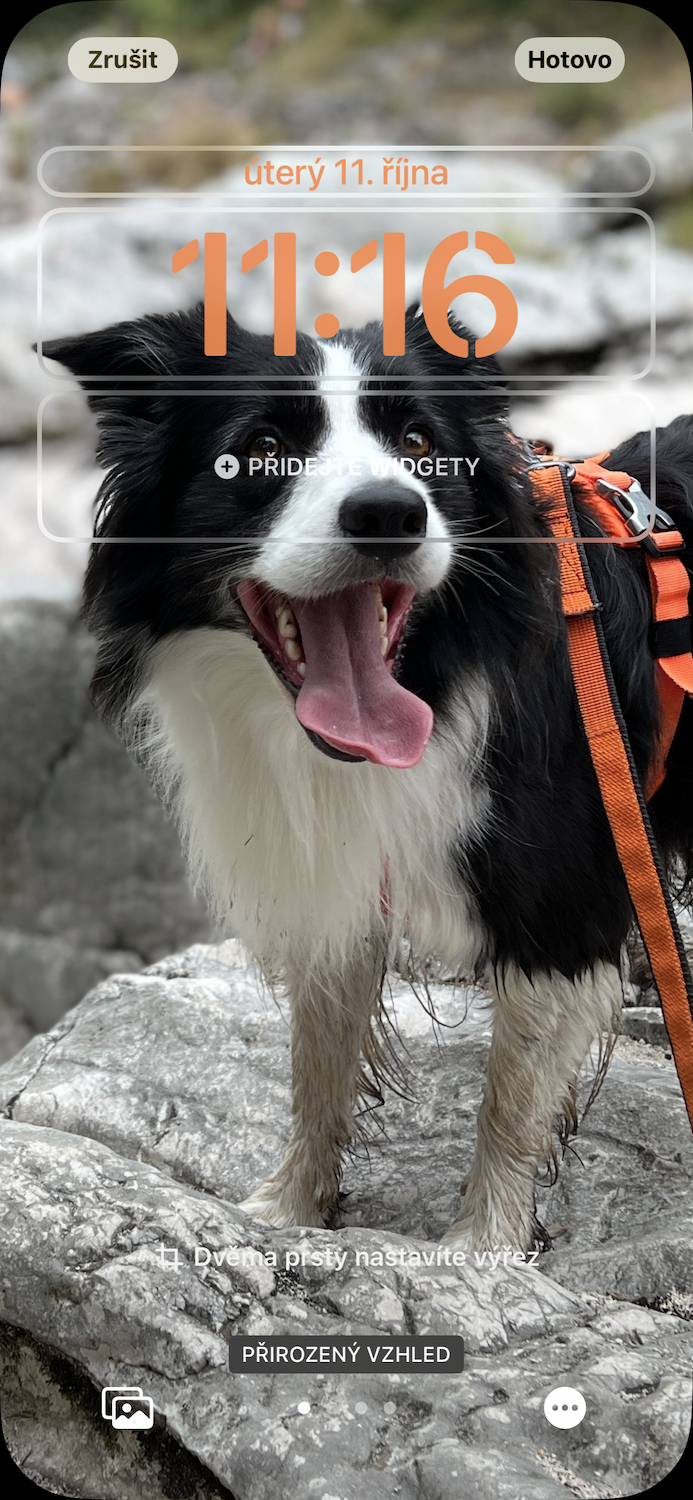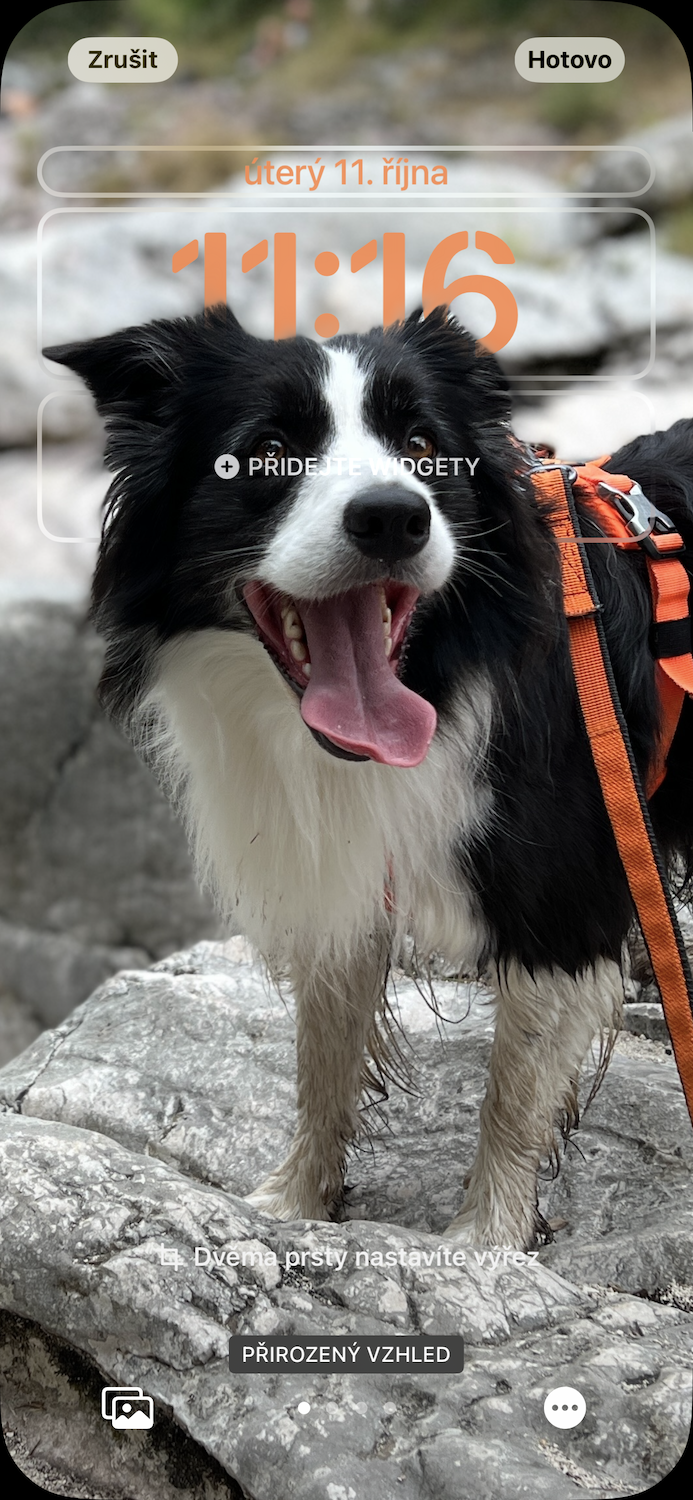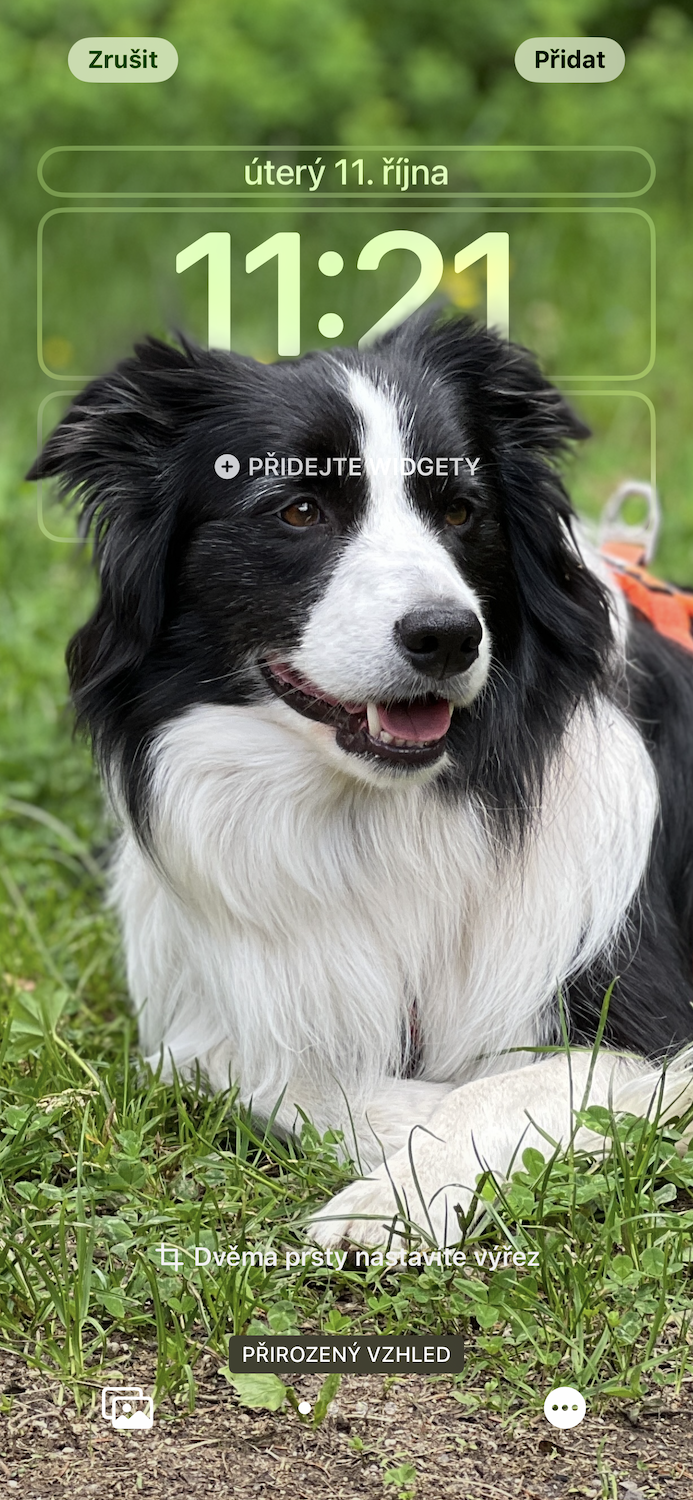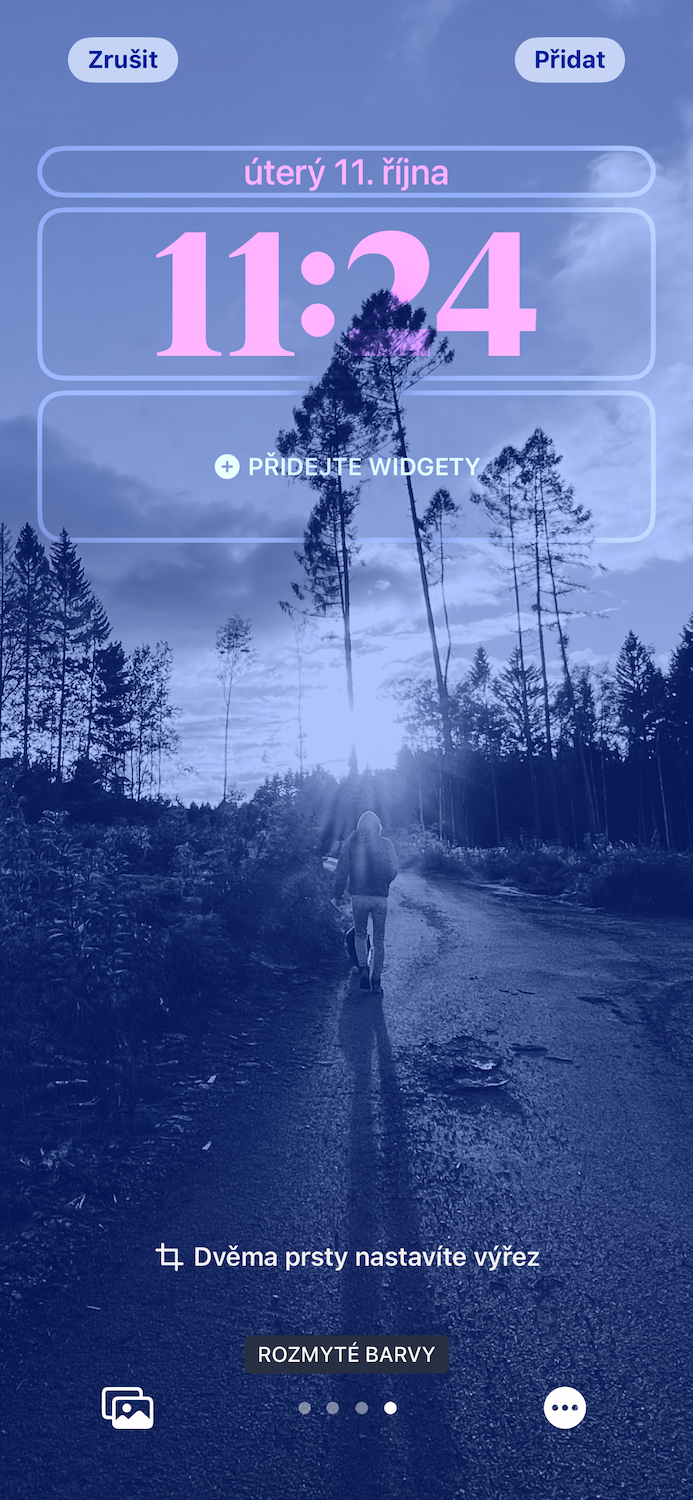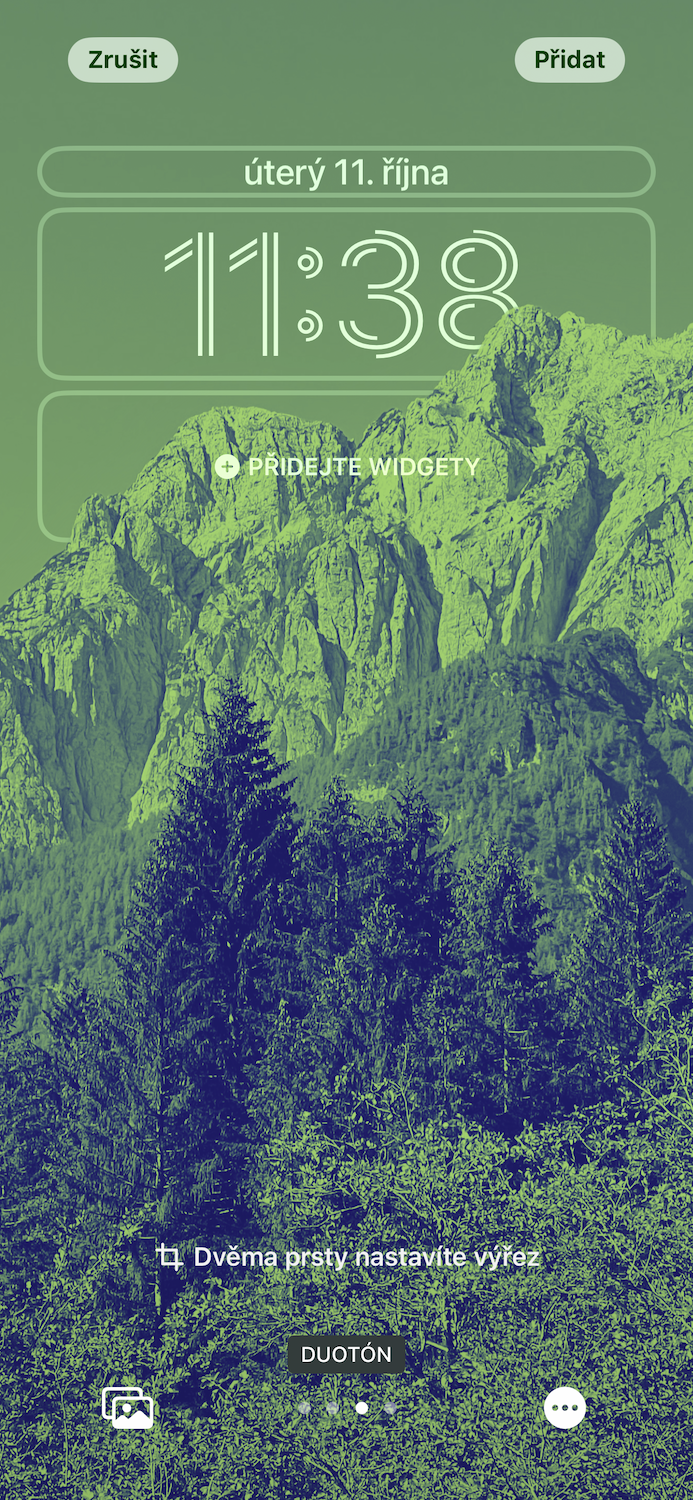The biggest change in iOS 16 is certainly the complete redesign of the lock screen. Apple wanted to give iPhone users more options to personalize the device, and it must be said that it has succeeded quite well. In this way, you can easily set up the device so that it is only yours. But it also has its own rules, especially when it comes to time overlap.
It was the iPhone 7 Plus that was the first to learn how to take portrait photos, as it was also the first in Apple's portfolio to bring a dual camera. But a portrait is not like a portrait. iOS 16 came with a new lock screen feature that treats the image as a kind of layered wallpaper that cuts out the main object that can overlap certain elements. But not too much and not all.
It could be interest you
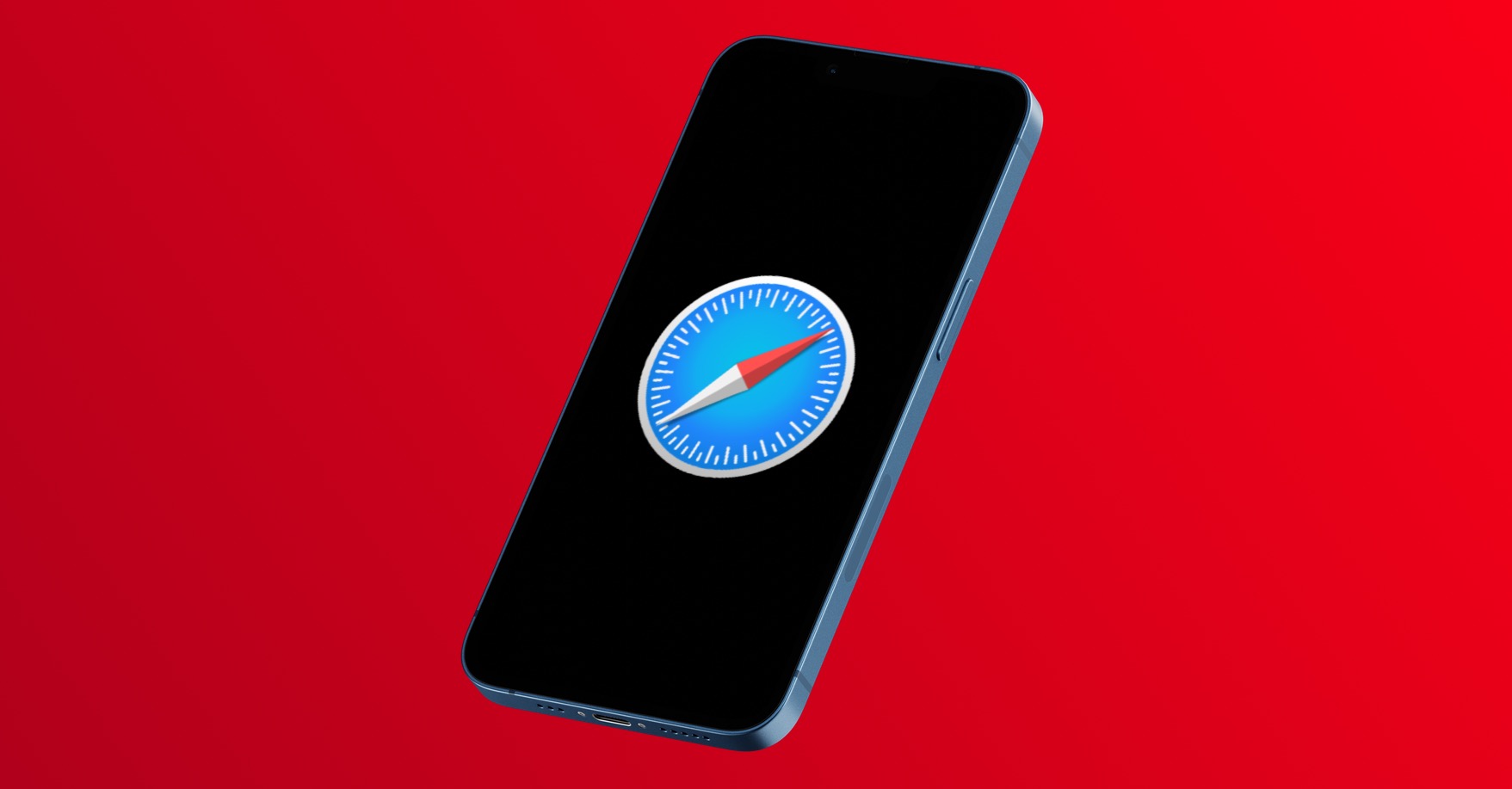
Artificial Intelligence
This feature was definitely not invented by Apple, as it has been around for as long as print magazines have existed. However, it is extremely effective. The creation itself is then a fairly straightforward process that does not require any third-party tools or special file formats, because everything is generated by artificial intelligence, not only in the iPhone 14, but also in older phone models.
This is because the iPhone detects what is present in the photo as the primary object, cuts it out as a mask, and inserts the displayed time between it - that is, between the foreground and background of the photo. After all, he also tested that it would work on the Apple Watch. However, this process has fairly strict requirements for how the photos must look.
Images even without depth
If the object is not displayed in the clock area, of course there will be no overlay. But if the object covers too much of the time, again the effect will not appear to make the time readable. So it can be said that the object must not actually exceed half of the pointer of one time digit. Of course, the effect won't appear even if you have any widgets activated on the lock screen, because that would result in three layers, which according to Apple, wouldn't look nice. Positioning is then done with two fingers, which practically increase or decrease the scale. Portrait photos are ideal for this.
You don't just have to use iPhone cameras to take photos either. You can pretty much use any image, even one that doesn't contain depth information and wasn't taken in portrait mode, although those will of course stand out the most. It can be an image downloaded from the Internet or imported from a DSLR. If you want to think about how it will stand out on your iPhone's lock screen when you take a photo, be sure to watch the video above. It describes exactly how to divide the scene so that the main element ideally overlaps the displayed time, but does not cover it too much.

